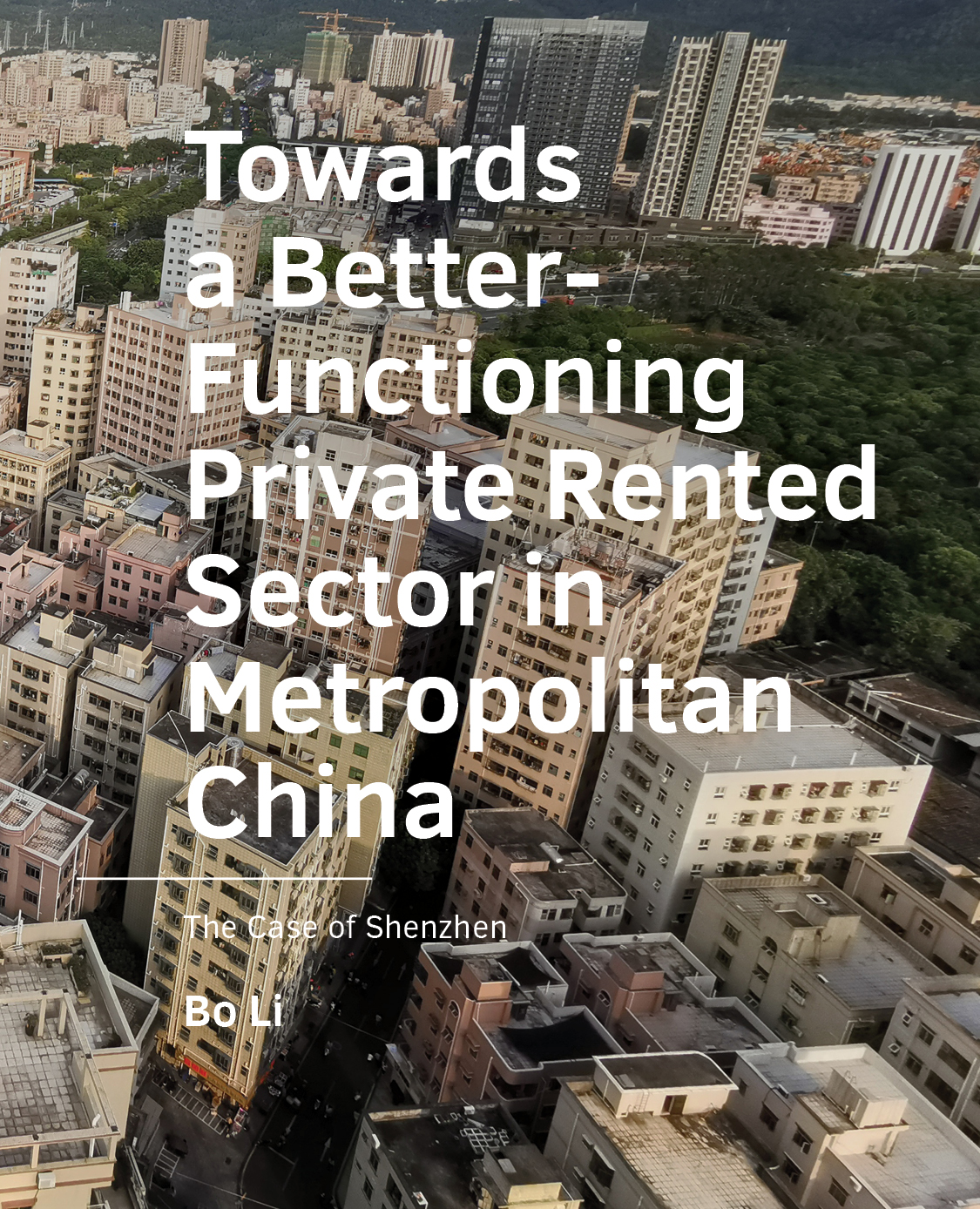Towards a Better-Functioning Private Rented Sector in Metropolitan China
The Case of Shenzhen
DOI:
https://doi.org/10.7480/abe.2023.06.6976Abstract
In recent years, the Private Rented Sector (PRS) has witnessed rapid growth across numerous jurisdictions, with Chinese metropolises notably standing out. Throughout the history of housing policy development in China, the PRS has been largely disregarded. It was not until 2015 that the government proposed the idea of “accelerating the development of the rental housing market” to achieve a “balanced development between home renting and purchasing”. However, the PRS in China is still in its immature stage, as evidenced by unstable rents and tenure, insufficient tenant rights, low levels of tenant satisfaction, minimal institutional landlord participation, and a lack of motivation among local governments to develop the PRS. This dissertation aims to gain an indepth understanding of the PRS in metropolitan China and explore how to improve its functioning using Shenzhen as a case study. Both qualitative and quantitative data were collected to examine the determinants of tenants’ intention to rent and residential satisfaction, the relationship between residential environment, social exclusion, and life satisfaction, the impact of landlords' management practices on tenants' housing experiences, and main challenges and solutions for a well-developed PRS. The results suggest that the PRS in Shenzhen is highly heterogeneous and comprised of several distinct sub-sectors. Housing policies should be tailored to each subsector's unique characteristics. The dissertation also reveals that the PRS is interconnected with other institutions such as the hukou system and education system. Therefore, a well-functioning PRS depends on the simultaneous reform of other sectors and institutions.


